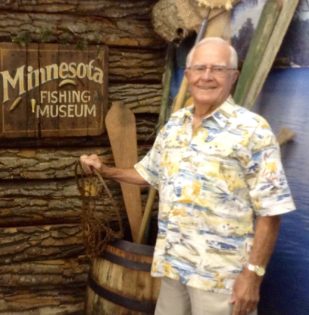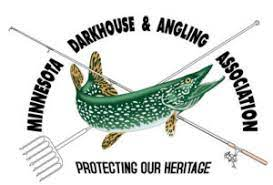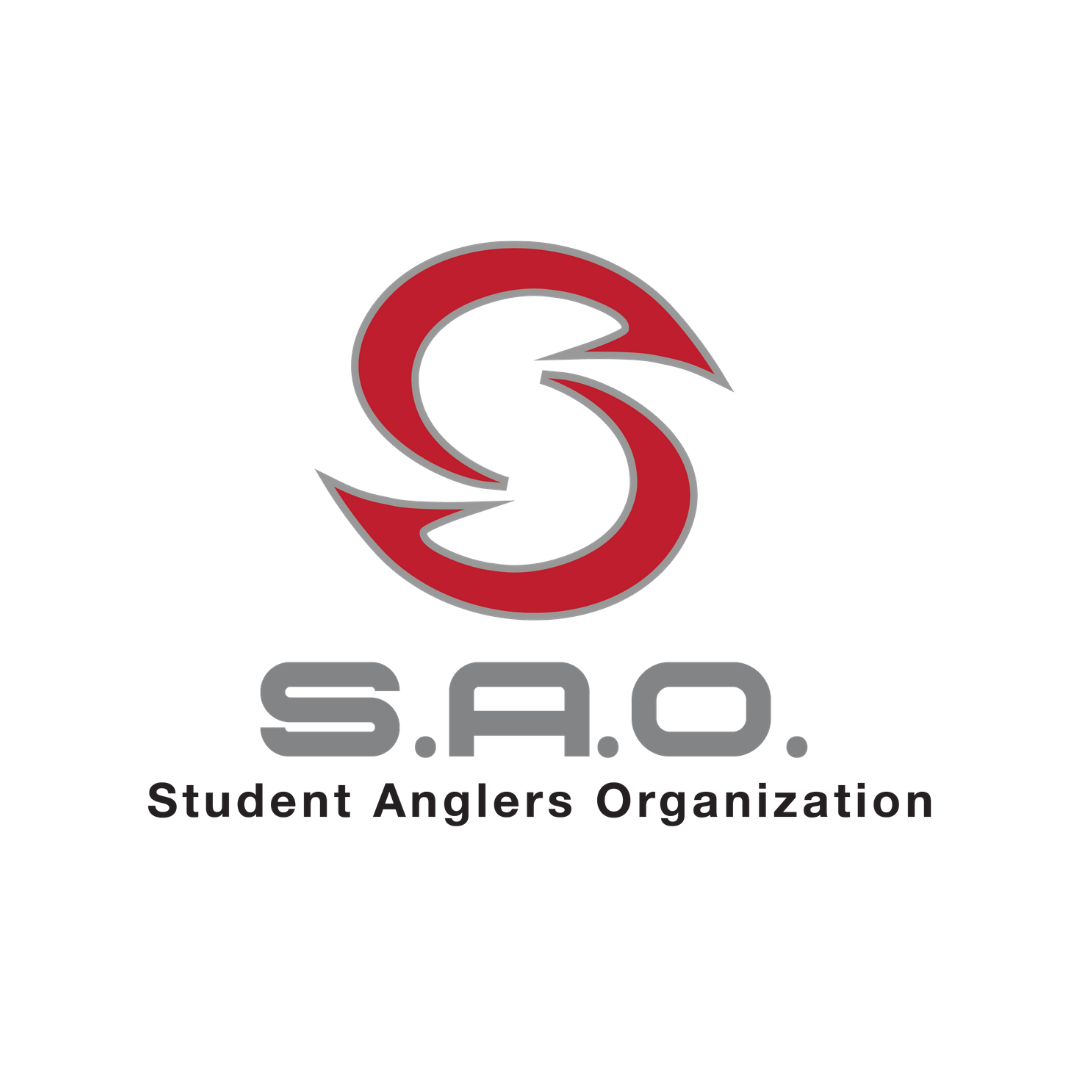You’ll find more than just fishing celebrities in this list. One can make a significant impact
on the lives of many without ever being well known. It is important to honor all of
those who had a great influence on the great sport of fishing, whether famous or not.
Corporate advances tend to be much more visible to us. For it’s their products that
shape the evolution of the sport of fishing.
Those We Honor
Sort & Search

Al Baert
Class of 2022
The idea of a fishing museum began in 1990 after Al Baert, a World War II and Korean War veteran, attended a St. Cloud sports show to have a dealer appraise six lures that had been owned by his father. The appraiser took five lures, moved them aside and said they were junk and had the audacity to offer Al three dollars for the other. It was hardly a three dollar lure and Al knew that the old red and black wooden lure – a 1912 Surf Oreno, manufactured by the South Bend Bait Company was worth more than that. Holding that old wooden lure in his hand, he realized it was not the value that was so meaningful, but rather the wonderful
stories and memories it represented. Al went home and told his wife Jean that he
didn’t just want to have a collection he wanted to start a fishing museum. Al
contacted his long-time friend Morry Sauve. The two met when Al was working for
Minnesota Public Safety Department and Morry, a veteran of the 11th Airborne
Paratroopers, whose background was in commercial construction, responded to a
call for help to aid snow-bound persons who needed medical attention during a
blizzard in 1965.
With Morry’s help the dream of a Fishing Museum in Minnesota was started.
The first thing Al did was contact the Secretary of State in St. Paul and registered
the Minnesota Fishing Museum as a non-profit 501(c)(3) organization. Then Al
and Morry made the rounds to nearly every VFW and American Legion Hall
seeking donations as they felt that the world war veterans had some of the oldest
and most interesting lures, motors and other fishing items.
By 1995, Al’s basement looked like a 1940’s tackle shop! Items occupied every
square inch of available space and it became evident it was time to find a
permanent home for a fishing museum. Al and Morry scouted many towns across
the state before they decided on Little Falls. Among the criteria was the fact Little
Falls is a Mississippi River town and the hometown of the Larson Boat Company
and the former Crestliner Boat Company. Al was familiar with the Little Falls area
from his over 20 years working for the State of Minnesota as a District Director of
the Civil Defense Directors in a 17-county area, including Morrison and Crow Wing
counties.
In 1998 the Little Falls City Council gave its unanimous support in having Little
Falls as the home of the Minnesota Fishing Museum. Al and Morry realized their
eight years of hard work and dedication to their dream had just become a reality.
In June of 1998 the Little Falls City Council approved the museum’s move into its
first site – the north end of the Cass Gilbert Railroad Depot building. Within six
months so many fishing enthusiasts, sharing in Al and Morry’s dream, had
donated their fishing memorabilia that it was nearly impossible to move around
the small showroom. So, the search began again for a larger site.
In April of 1999 the museum moved to its current 7,000 square foot facility a few
blocks west of the depot and the Mississippi River. The Minnesota Fishing
Museum is not “just another collection of old fishing items”, but rather a collection
of historical possessions that belonged to individuals from across Minnesota who
were a part of the history of freshwater fishing in our state. It represents a
priceless collection of antique lures, rods, boats, motors, and a wealth of
memorabilia tracking the heritage of angling in Minnesota.
The Minnesota Fishing Museum’s mission is to collect, preserve and display the
artifacts for freshwater fishing in Minnesota; to provide classrooms and
educational curriculum for individuals of all ages; and to provide recognition of
persons, clubs, organizations, and companies that have contributed to the growth,
enjoyment and preservation of the sport of fishing.
The museum is the home of a historical collection of over 20,000 artifacts which
are beautifully displayed and maintained. One featured item includes one of the
original three Larson Boats that were constructed from memory to be used as
models after the company’s 1949 devastating fire. Another is a 1902 submersible
electric motor, it is thought to be one of just eight or nine known in the world. The
museum also houses a “log cabin” set which recreates an old time fish camp at
the lake. A large diorama depicts a typical spearing dark house on a frozen lake,
complete with a Northern Pike moving in to be taken. The replicas of Minnesota’s
record fish on display inspires anglers to catch “the big one”.
The museum appeals to visitors of all ages. The older generations catch a memory
of good times in days gone by. Their lives are enriched by passing on their stories
and making connections with the younger generations. Younger generations are
inspired to care for our resources and to use them wisely.
As an educational facility the museum displays go beyond history into the world of
today. Visitors see Zebra Mussels and Eurasian Watermilfoil and begin to
understand the impact these invasive species, and others, are having on our lakes
and streams. Discussing water safety, both summer and winter, inspires
confidence in getting out on the water. Seeing native sunfish, crappies, and bass
in the aquarium eat their lunch of minnows familiarizes visitors with how fish
respond to bait.
The Minnesota Fishing Museum & Education Center fulfills a role that no other
organization in Minnesota can.






